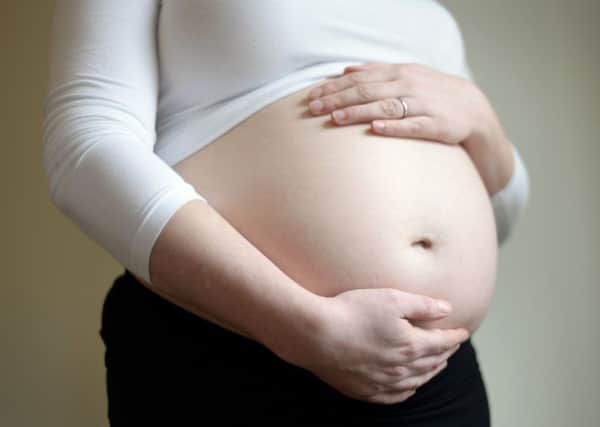Clair Mermoud: Ovarian transplants give birth to ethical questions over fertility


They provide an answer to the desire to become a mother while, sometimes, overlooking the desire of the person to first become a woman. The desire to match the biological and social image of a woman remains unsatisfied. In short, they are generally unable to ensure access to femininity. So why not try treating infertility instead of failed pregnancies?
This change seems to have been initiated by Dr Sherman Silber in the USA. In 2004, he performed the first ovarian tissue transplant between two identical twin women, one of whom was infertile. It was a success on both sides: the donor remained fertile and, a few months later, the recipient regained a hormonal cycle and correct ovarian function. She was able to fully experience her femininity while attempting a more natural pregnancy. The surgery was, thus, a useful way of completely treating female infertility suggesting both the end of controversial remedies and the empowerment of women.
Advertisement
Hide AdAdvertisement
Hide AdThe subsequent successful ovarian transplantation between two non-twin sisters, performed in Belgium in 2007, seemed to continue to offer ‘femininity’ and not only pregnancy to the infertile women. Even if the gestational mother and her offspring do not share similar DNA, a psychological and physical lasting bond would be established between them.
However, this also brings important ethical problems. Firstly, it must be remembered that British legislation, as in other European policies, remains concerned about biological kinship and still looks for a traditional family model. But establishing a permanent triangular relationship between two women and an unborn child by a graft may not correspond to this scheme.
It is possible to ask whether it would be right to restrict this relationship into a bilateral one (between only the gestational mother and the child), through the use of ovaries from deceased women? After all, the freezing of human tissue is now a well established procedure. Removed post-mortem and frozen from a consenting donor during her lifetime, they could be transplanted later at the request of an infertile woman.
Such a process could reduce the waiting lists in procreation centres and bring commercialisation of human eggs to an end. However, could these concrete benefits erase controversies about giving biological tissues which engender life? Could they justify a graft done only for a social purpose? In response, it seems that such a transplant, performed on a living or deceased donor, may obscure the stakeholder interests.
Healthcare staff would have to relinquish the ethical principles of choosing the least intrusive treatment for a woman while trying to significantly improve her quality of life.
But if egg donation is generally accepted, an implanted organ is not straightforward. Studies indicate the difficulty of acceptance for the recipient, blending guilt and loss of identity. The replacement of a part of one’s body with a piece from someone else, may also bring morbid attitudes.
In addition, pregnancy often distorts the emotional balance of women. Would it be reasonable to burden the same person with all these risks? Those wishing to have a child would probably say yes, though the acceptance of the ovaries and the process of maternity would not take place simultaneously.
They could be unconcerned by the legal criteria for access to artificial reproductive technology centres seeking to be liberated from further clinical interventions. Able to be pregnant whenever they want, they may develop a sense of increased freedom, assuming complete autonomy.
Advertisement
Hide AdAdvertisement
Hide AdChinese studies since 2010 demonstrate that ovarian tissue transplants from a younger to an older mouse prolong the life of the recipient. But even if this transplant could be the ultimate stage of emancipation, it only concerns women who can afford the financial burden of surgery.
Finally, ovarian transplantation may not respect the best interests of the child. After facing the dilemma of identifying a biological mother, he or she will probably be exposed to a feeling of guilt or incompleteness, especially if the genetic mother is dead.
So would it be safe to develop ovarian transplantation? Would legalising this method obscure all the risks with respect to human dignity? In the end, the goal of empowerment and equality between women seems to be clearly challenged.
Clair Mermoud, research associate with the Scottish Council on Human Bioethics.